Hidden beneath layers of time and soil, ancient artifacts whisper tales of forgotten kingdoms and artistic mastery. Among them, jewelry made during the Oc Eo - Phu Nam era is a breathtaking testament to a civilization that once thrived in Southeast Asia. More than just ornamental treasures, these exquisite pieces reflect a fusion of cultures, spiritual beliefs, and extraordinary craftsmanship that transcends centuries. Let's journey through time to explore the enigmatic allure of jewelry made during the Oc Eo - Phu Nam era.
1. The Phu Nam civilization and the Oc Eo period
Regarding ancient civilizations in Southeast Asia, the Phu Nam Kingdom, which flourished between the 1st and 7th centuries AD, stands out as one of the most influential cultural and economic powers of its time. Its territory once spanned across much of what is now southern Vietnam, with Oc Eo in the Mekong Delta recognized as a key archaeological and trading hub.
The Oc Eo period marks the golden age of Phu Nam, where trade, religion, and craftsmanship reached remarkable levels of sophistication. Among the most significant cultural legacies from this era is the exquisite jewelry made during the Oc Eo - Phu Nam era. Far more than decorative items, these pieces reflect the artistic refinement and spiritual depth of a civilization shaped by cross-cultural exchanges with India, China, and neighboring Southeast Asian societies.
Archaeological finds have revealed a wide range of jewelry such as necklaces, earrings, bracelets, rings, crafted from pure gold, semi-precious stones, agate, amber, and colored glass. These ornaments often feature intricate motifs such as lotuses, divine figures, sacred animals, and geometric patterns, all of which symbolize spiritual beliefs and status. The techniques used as gold casting, fine engraving, and gemstone setting, demonstrate an extraordinary level of craftsmanship for their time.
What makes jewelry made during the Oc Eo - Phu Nam era particularly fascinating is its seamless blend of Indian religious symbolism with local aesthetics, resulting in a distinct visual identity that speaks to both cultural pride and spiritual devotion. These ancient treasures were not only worn by elites but were also deeply embedded in religious rituals and daily life, embodying the values and worldview of the people of Funan.
Today, exploring these historical masterpieces offers more than just a glimpse into the past; it’s a chance to reconnect with a legacy of elegance, ingenuity, and cultural richness that continues to inspire the world of jewelry and art.
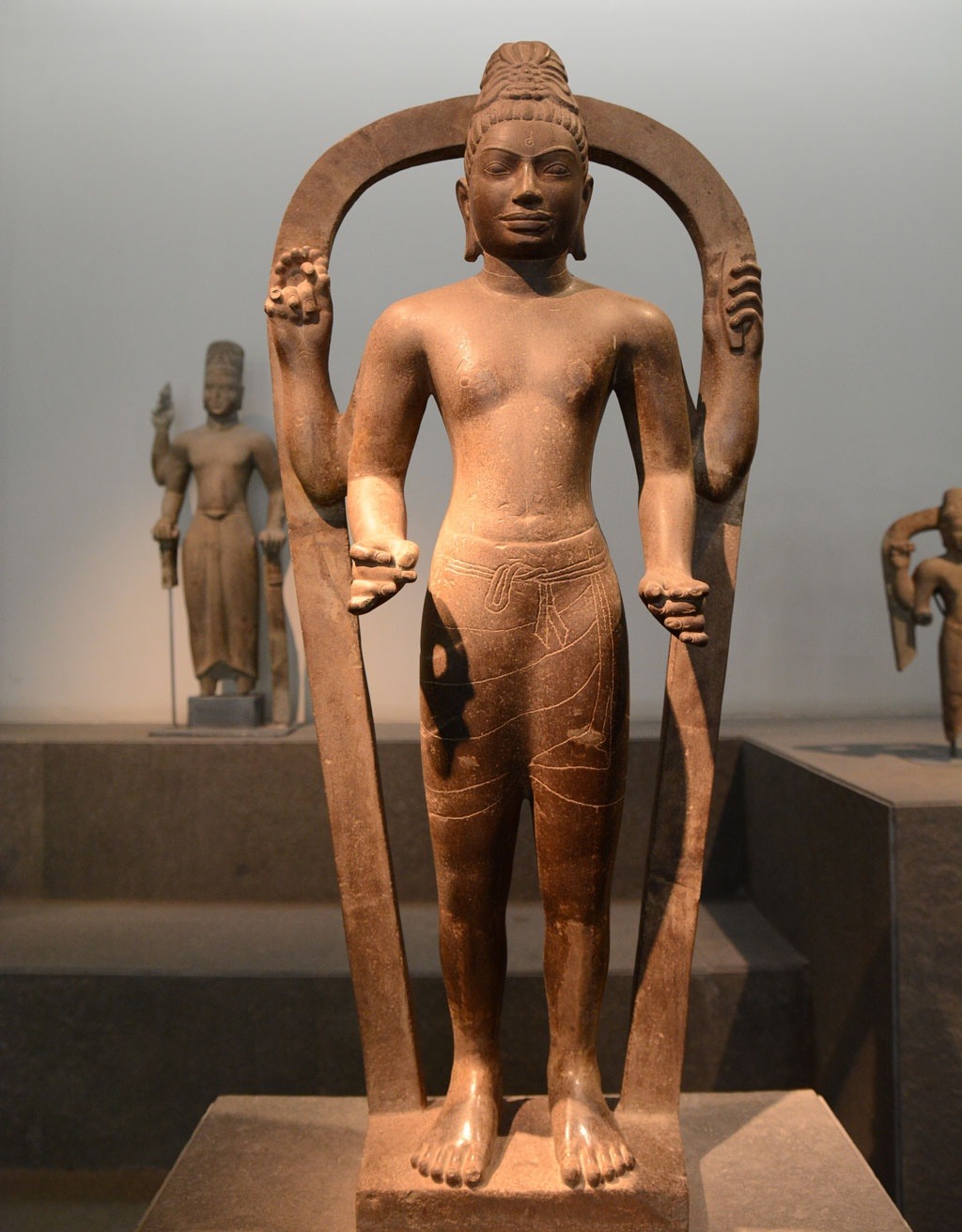
Kingdom of Phu Nam: People of Phu Nam and Oc Eo culture in the South. Image source: National Museum of History.
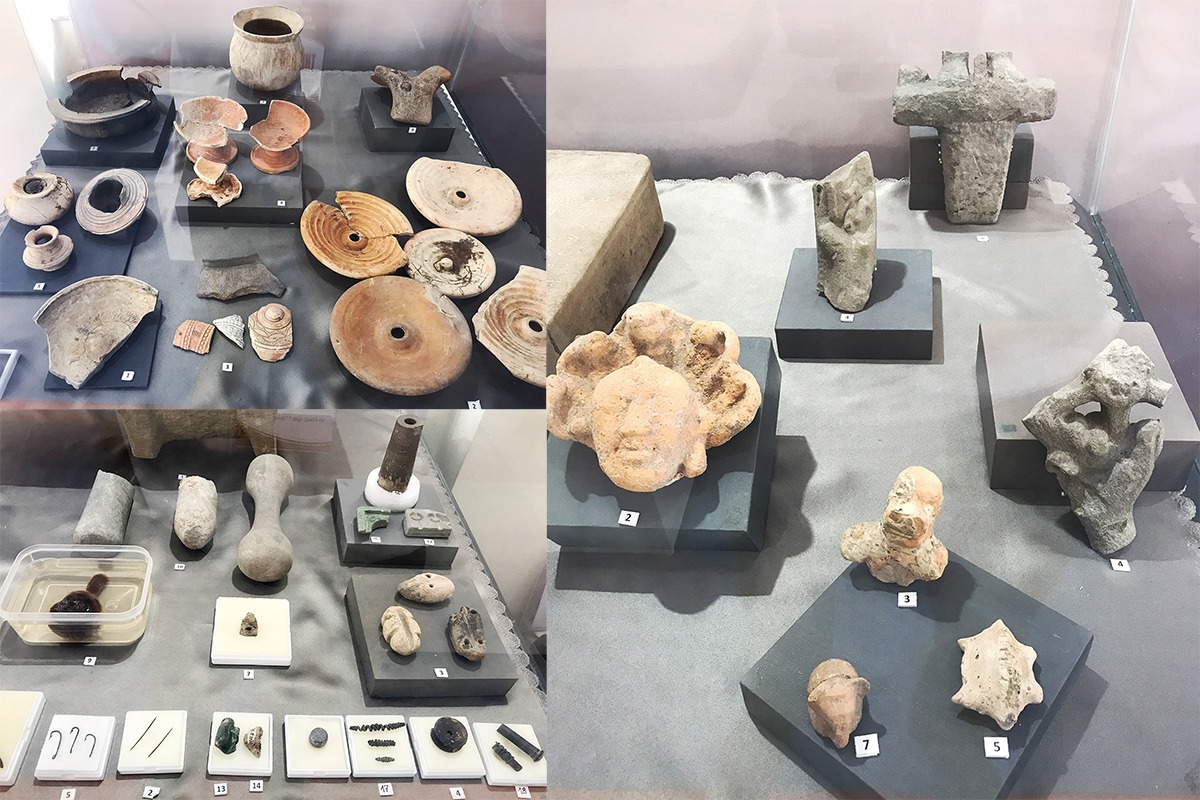
Oc Eo - vestiges of ancient culture.
2. The refined legacy of jewelry made during the Oc Eo - Phu Nam Era
Among the most captivating cultural legacies of ancient Southeast Asia, jewelry made during the Oc Eo - Phu Nam era stands out for its exceptional craftsmanship, symbolic depth, and timeless aesthetic. Far beyond simple ornamentation, these artifacts reflect a golden age where spirituality, artistry, and technological sophistication flourished hand in hand.
2.1. Premium materials and advanced craftsmanship
Artisans of the Oc Eo period worked with some of the most precious materials of their time.
High-purity gold was hammered so thin that it became almost translucent, while gemstones such as agate, quartz, jade, and imported colored glass from India and the Middle East added vivid beauty to their creations.
Advanced techniques were employed with astonishing precision: lost-wax casting allowed for intricate patterns, gemstone inlay reached tolerances as fine as 0.1mm, and granulation—joining tiny gold beads together—was mastered to a level that rivaled, if not surpassed, other civilizations of the same period. Remarkably, gold beads as small as 0.5mm in diameter have been excavated from Oc Eo sites, prompting scholars to wonder how such delicate work was possible without magnifying tools or modern equipment.
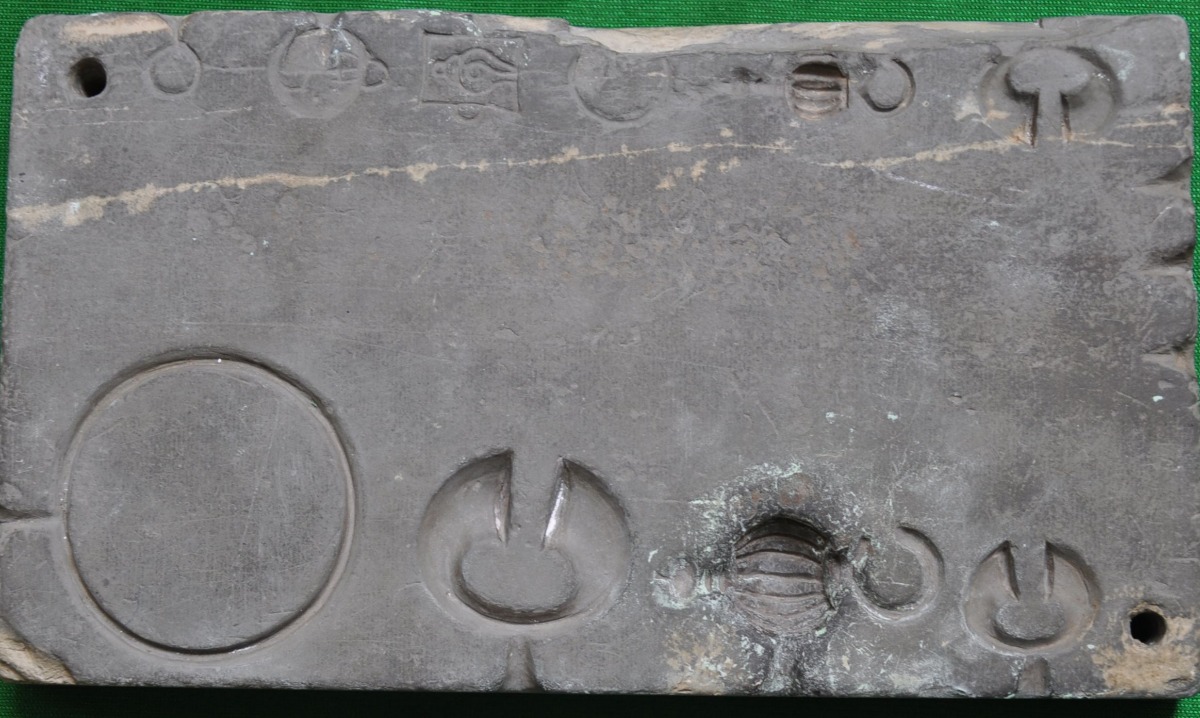
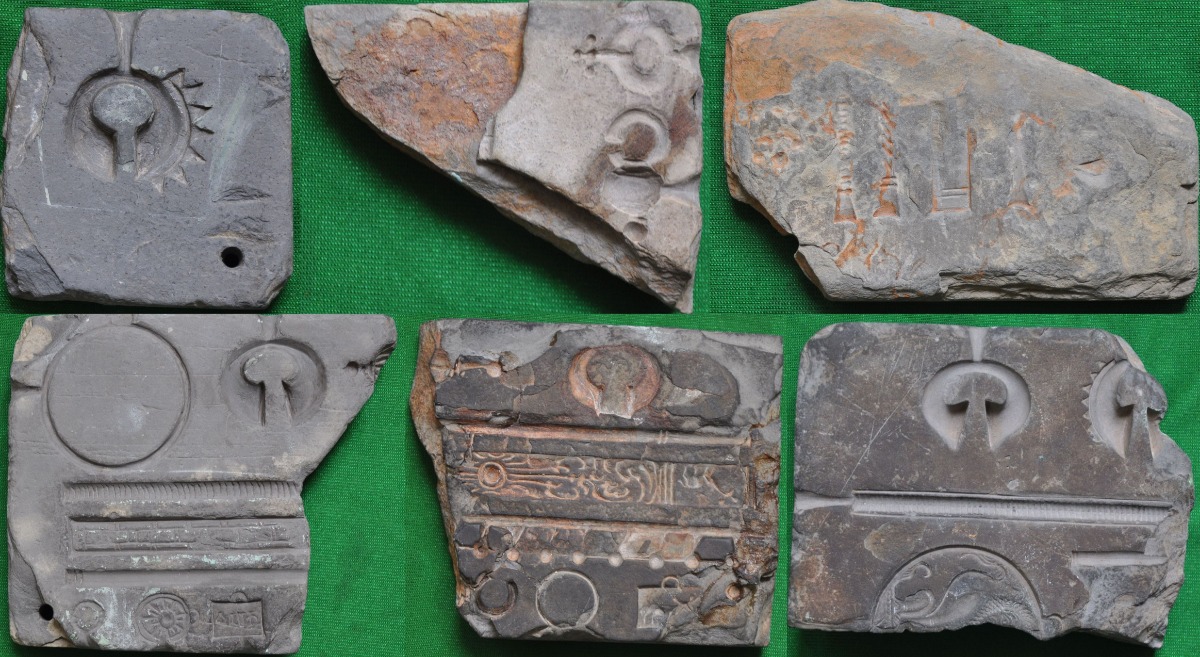
Nhon Thanh jewelry molds – National Treasures preserved at Can Tho Museum.
2.2. Symbolic and distinctive designs
The artistic language of jewelry made during the Oc Eo - Phu Nam era was equally rich in cultural symbolism.
Broad rings engraved with images of Vishnu and Shiva signified divine power and royal authority. Spiral earrings echoed the motion of ocean waves, linked to sea deities in local belief systems. Pendants shaped like lotus petals or sacred bodhi leaves reflected cosmic philosophy rooted in Hinduism. Multi-headed Nāga serpent bracelets symbolized protection and spiritual strength. Particularly intriguing are designs featuring a central sun flanked by two dragons, interpreted by researchers as a representation of yin-yang harmony, and a clear sign of the fusion between indigenous culture and Indian spiritual influence.
From materials and techniques to form and meaning, jewelry made during the Oc Eo - Phu Nam era represents not just an artistic achievement, but a spiritual and cultural legacy. These masterpieces capture the soul of a civilization that once flourished at the crossroads of trade and belief, offering modern audiences a glimpse into the elegance and ingenuity of the ancient world.
Join Senyda in revisiting the exquisite Phu Nam jewelry masterpieces from the Oc Eo era – a testament to the brilliance of ancient goldsmithing craftsmanship:
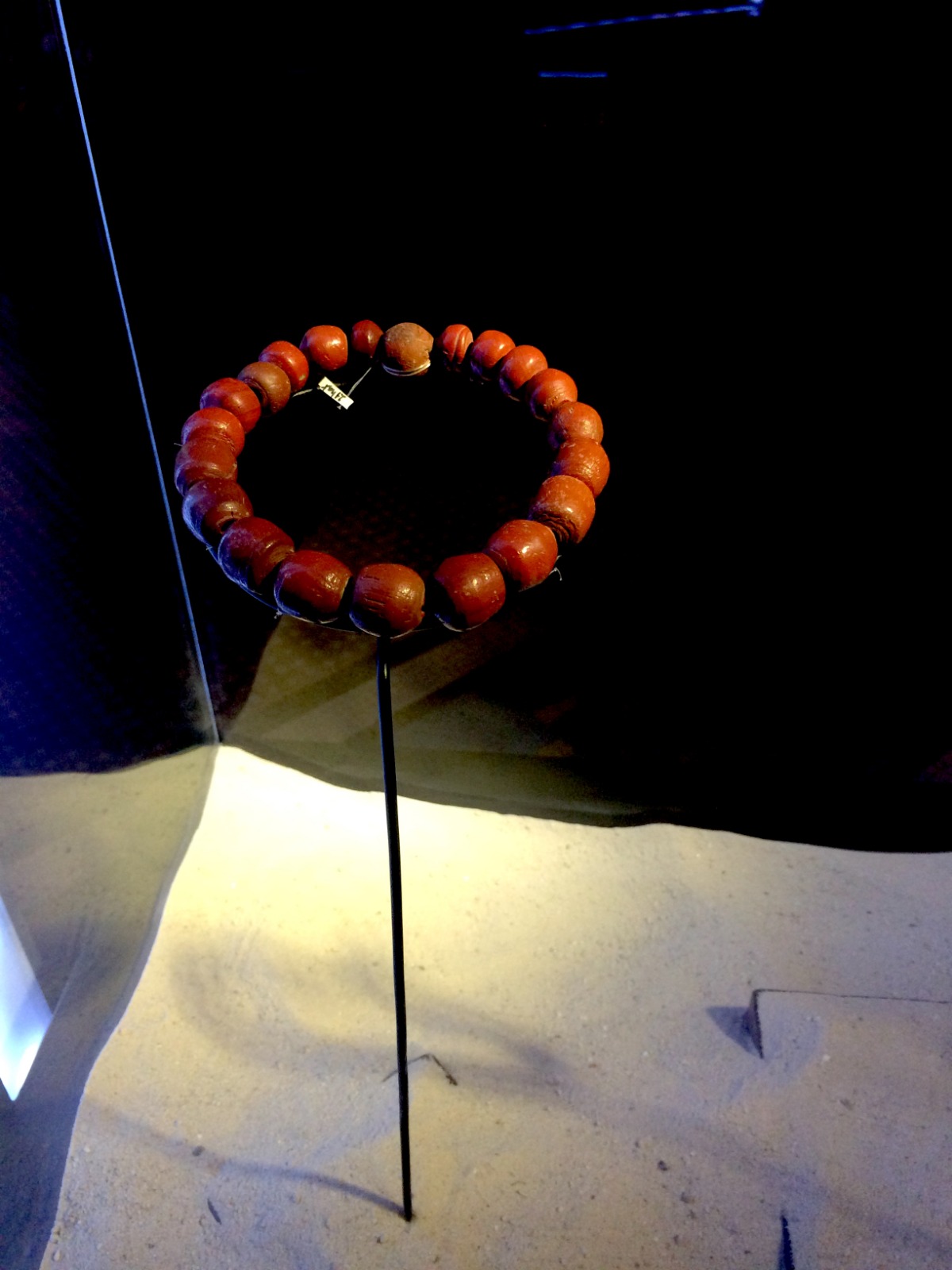
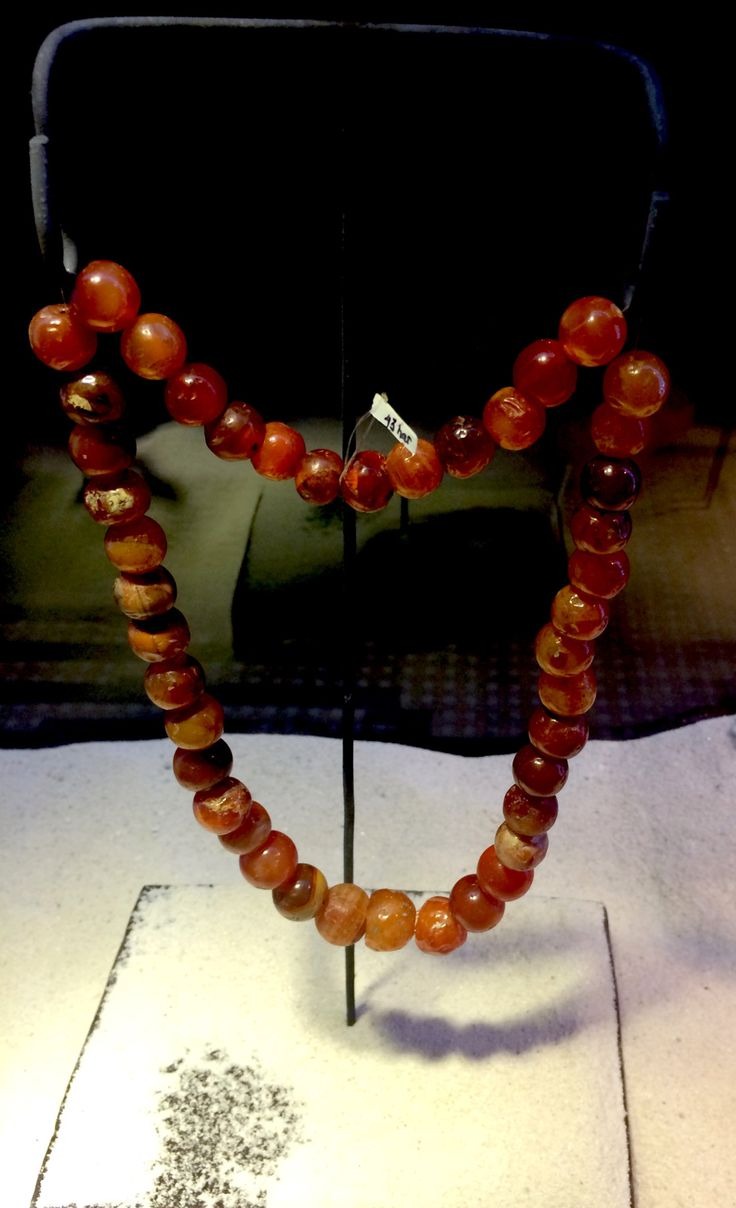
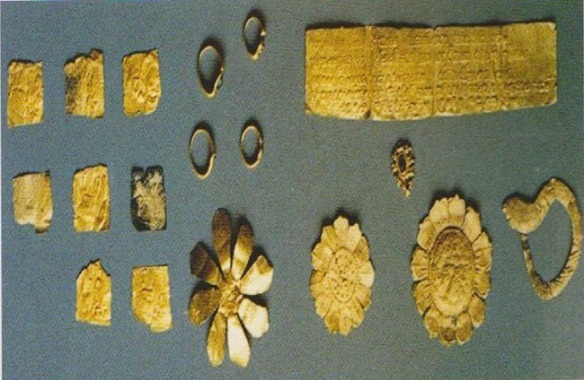


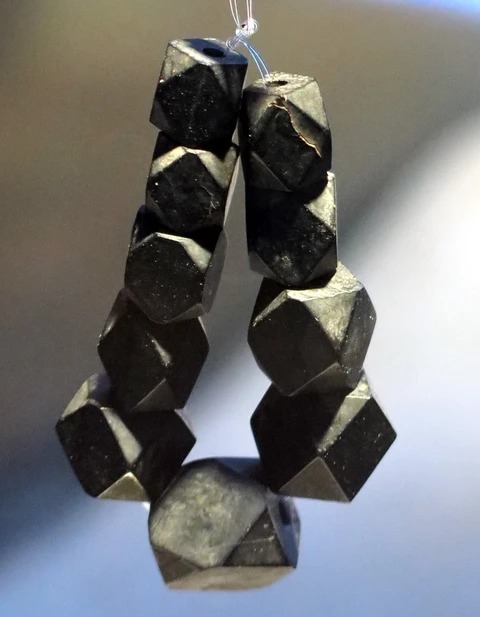
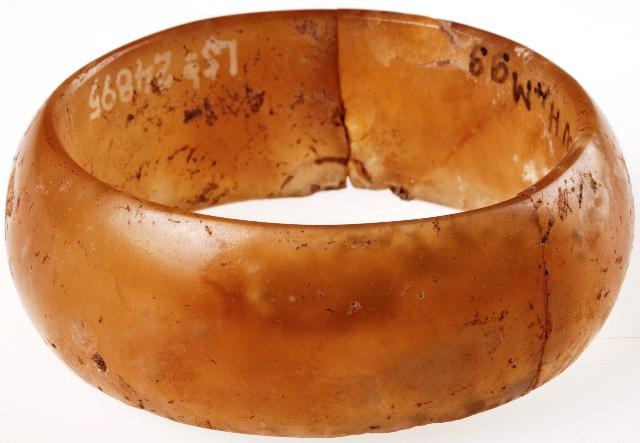
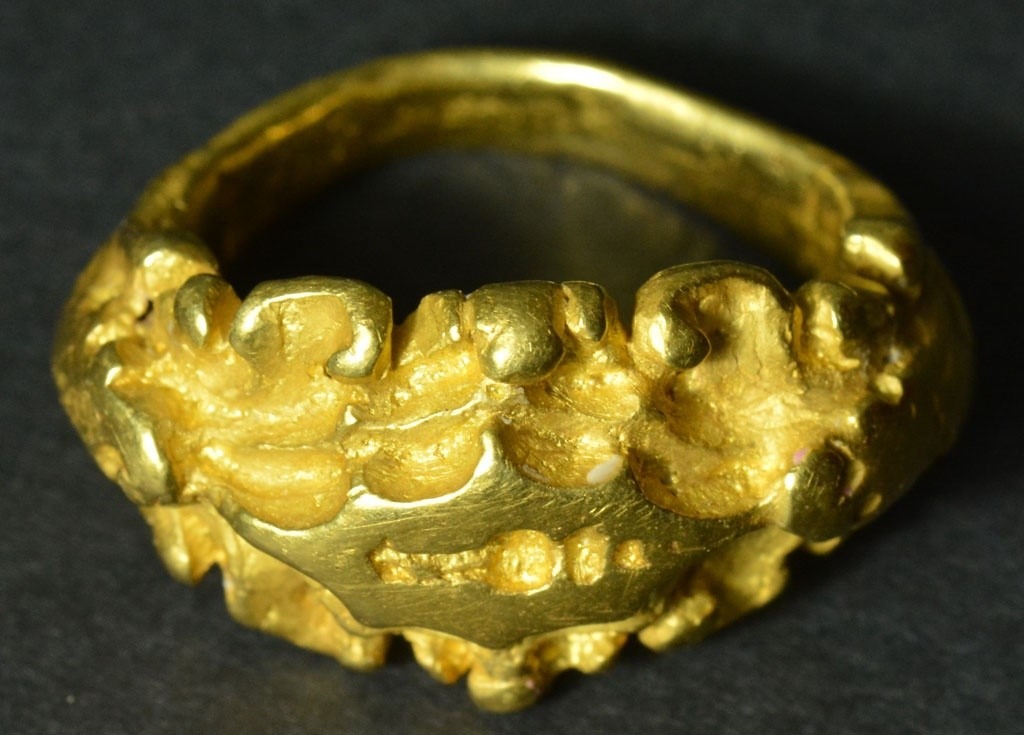
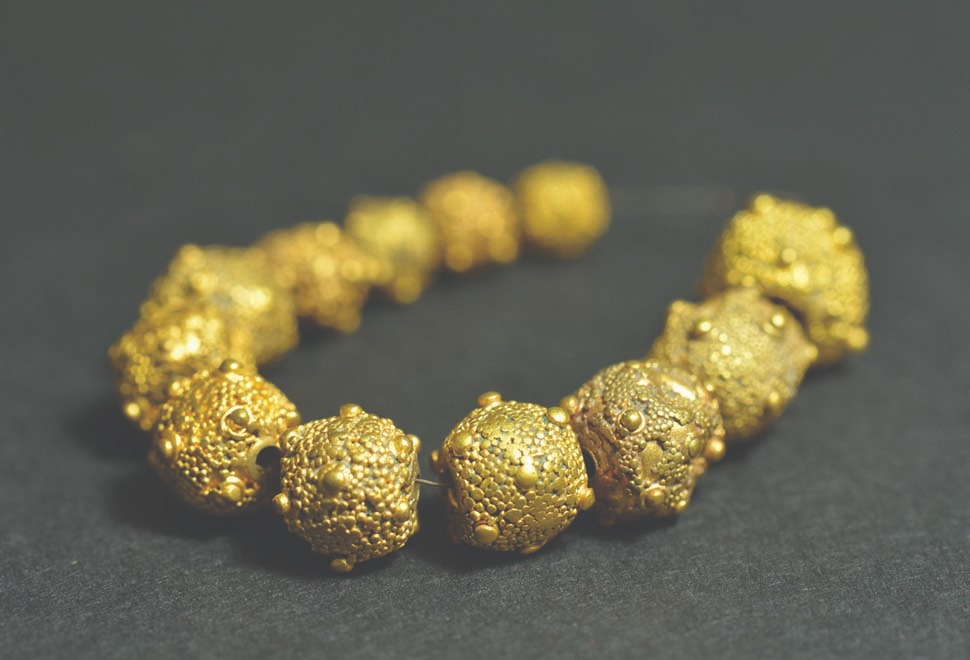
The mysterious beauty of jewelry made during the Oc Eo - Phu Nam era.
3. Symbolism and spiritual meaning behind jewelry made during the Oc Eo - Phu Nam Era
Artisans infused spiritual values into every detail. Images of Vishnu riding Garuda or Shiva in the cosmic dance posture were not just aesthetic elements but believed to provide divine protection and serve as spiritual intermediaries.
Necklaces shaped like radiant suns represented Hindu cosmology and the divine order of the universe. Lotus flowers and bodhi leaves, symbols of purity and enlightenment in Buddhism, were often seen on royal headpieces, indicating a connection to higher consciousness and spiritual elevation.
Beyond their spiritual significance, jewelry made during the Oc Eo - Phu Nam era symbolized power and status. Royalty wore necklaces styled as seven-headed Nāga serpents, emblems of supreme authority and divine guardianship.
Elite priests used gold earrings in the shape of linga and yoni during ceremonial rituals, expressing both sacredness and cosmic duality. Wealthy merchants adorned themselves with gemstone-inlaid jewelry sourced from India and the Middle East, demonstrating affluence and international trade connections.
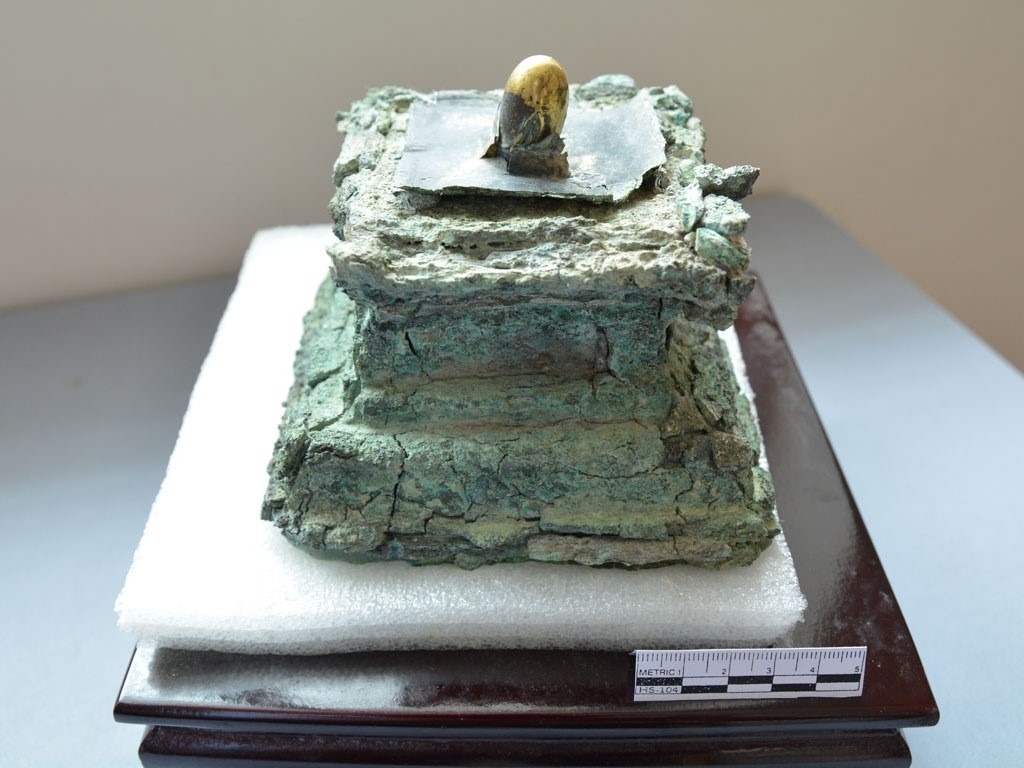
Linga-Yoni symbolic relic from Da Noi, currently housed at the An Giang Museum.
What makes this jewelry truly timeless is the intentional use of sacred structure and materials.
Many designs featured symmetrical layouts to express the balance of cosmic forces, while gold and gemstones symbolized immortality and divine strength. Especially notable were pieces that blended multiple cultural identities—such as rings depicting Garuda confronting native dragons—symbolizing the harmonious fusion of local and Indian beliefs.
Together, these spiritual, artistic, and symbolic layers transform jewelry made during the Oc Eo - Phu Nam era into more than archaeological artifacts—they are lasting testaments to a civilization's sacred values, refined aesthetics, and cultural openness.
4. Preserved heritage and the journey to cultural revival
Over more than 2,000 years, jewelry made during the Oc Eo - Phu Nam era has been carefully preserved and honored in major museums such as the Vietnam National Museum of History in Hanoi, the An Giang Museum, and the Can Tho Museum. Each artifact—be it a gold ring engraved with the image of Vishnu, a serpent-shaped Nāga bracelet, or an ancient agate bead necklace—stands as a testament to the exceptional craftsmanship of the past. More than just decorative pieces, these treasures serve as vivid symbols of a glorious chapter in Vietnam’s cultural history.
Modern artisans are passionately breathing new life into this heritage. With the aid of 3D scanning technology, they can study the intricate details of the original designs, enabling them to replicate ancient techniques such as granulation, where gold beads as small as 0.5mm are applied with incredible precision. These time-honored motifs—such as the sacred fig leaf, radiant sun, and mythological figures—are now reimagined into wearable pieces suited for contemporary fashion, making the ancient art relevant and accessible once again.
Reviving jewelry made during the Oc Eo - Phu Nam era is not only about preservation—it’s also about cultural continuity. These efforts bridge the past and present, engaging younger generations with their ancestral roots. Notably, the "Phu Nam Renaissance" collection has captured attention at international exhibitions in Paris, sparking renewed interest in Vietnam’s rich heritage. High-end replicas of these historical designs are also becoming sought-after gifts for cultural tourists, helping promote heritage tourism and positioning Vietnam’s legacy on the global stage.
In a world driven by modern trends, jewelry made during the Oc Eo - Phu Nam era remains a captivating reminder of a golden age where artistry met spirituality. These ancient masterpieces are not merely archaeological finds; they are echoes of a refined civilization that understood the power of beauty, symbolism, and cultural identity. As we rediscover and reimagine their intricate designs today, we’re not just admiring history; we’re breathing new life into a legacy that still dazzles with mystery and meaning. The past may be distant, but its elegance continues to inspire, one shimmering artifact at a time.
